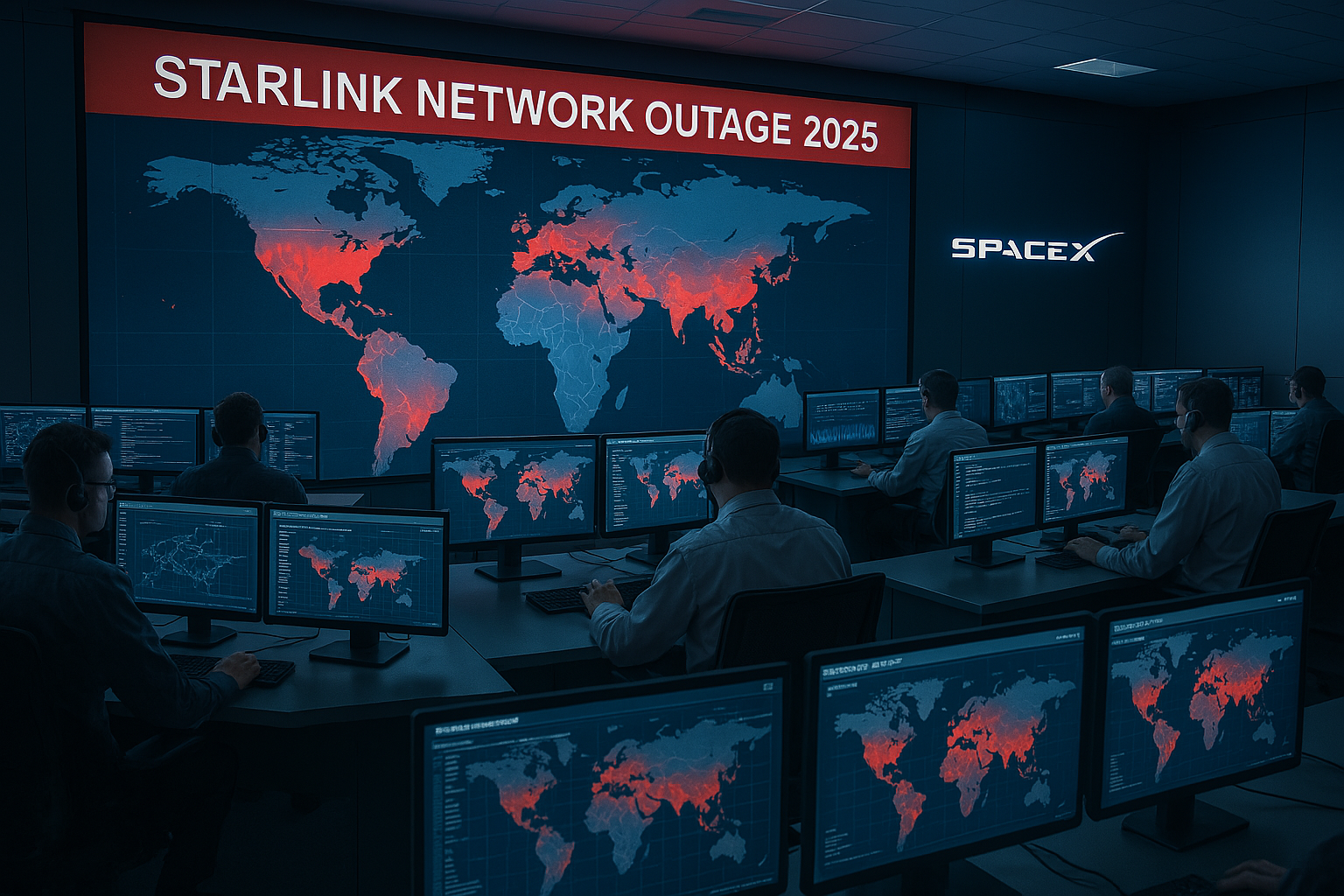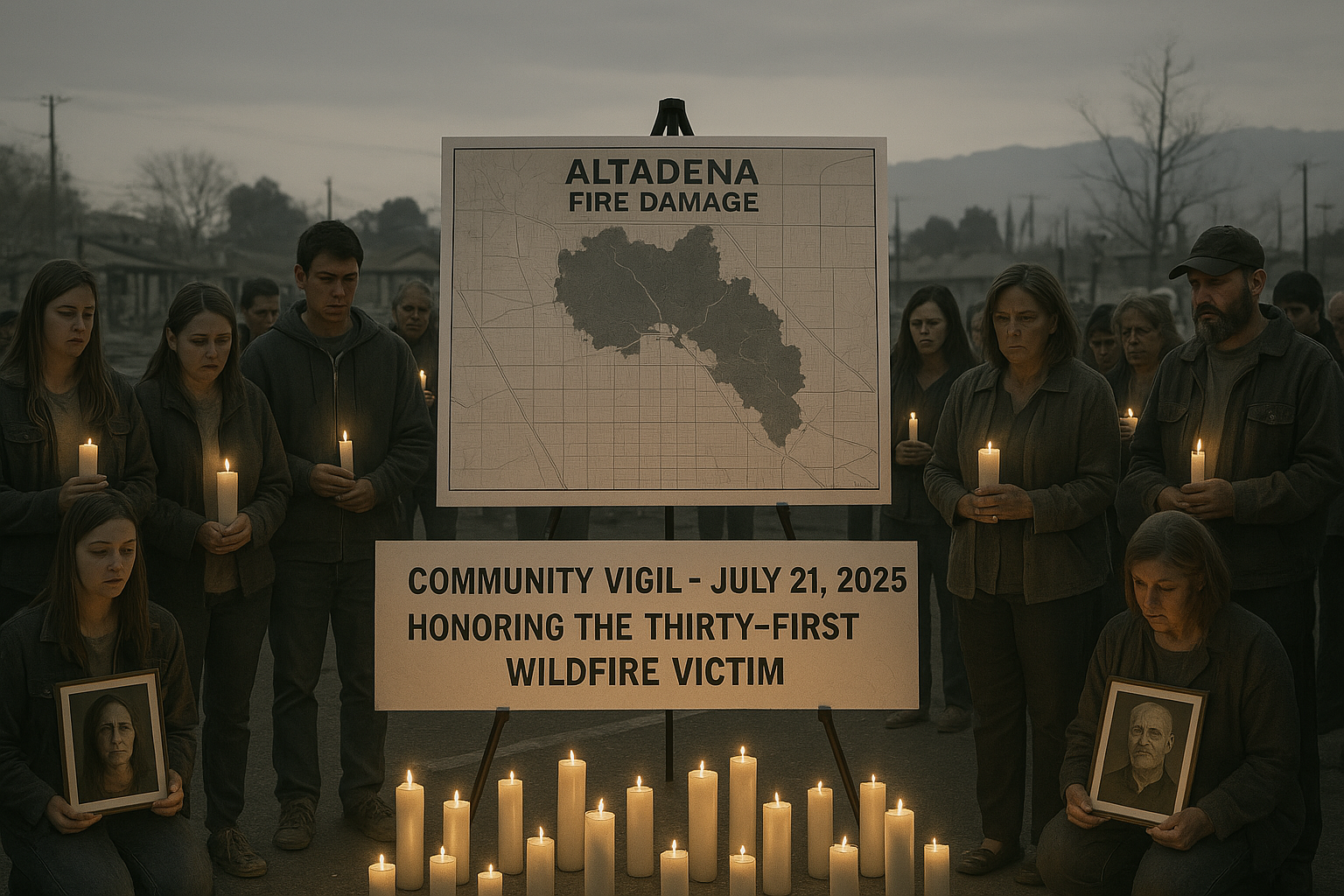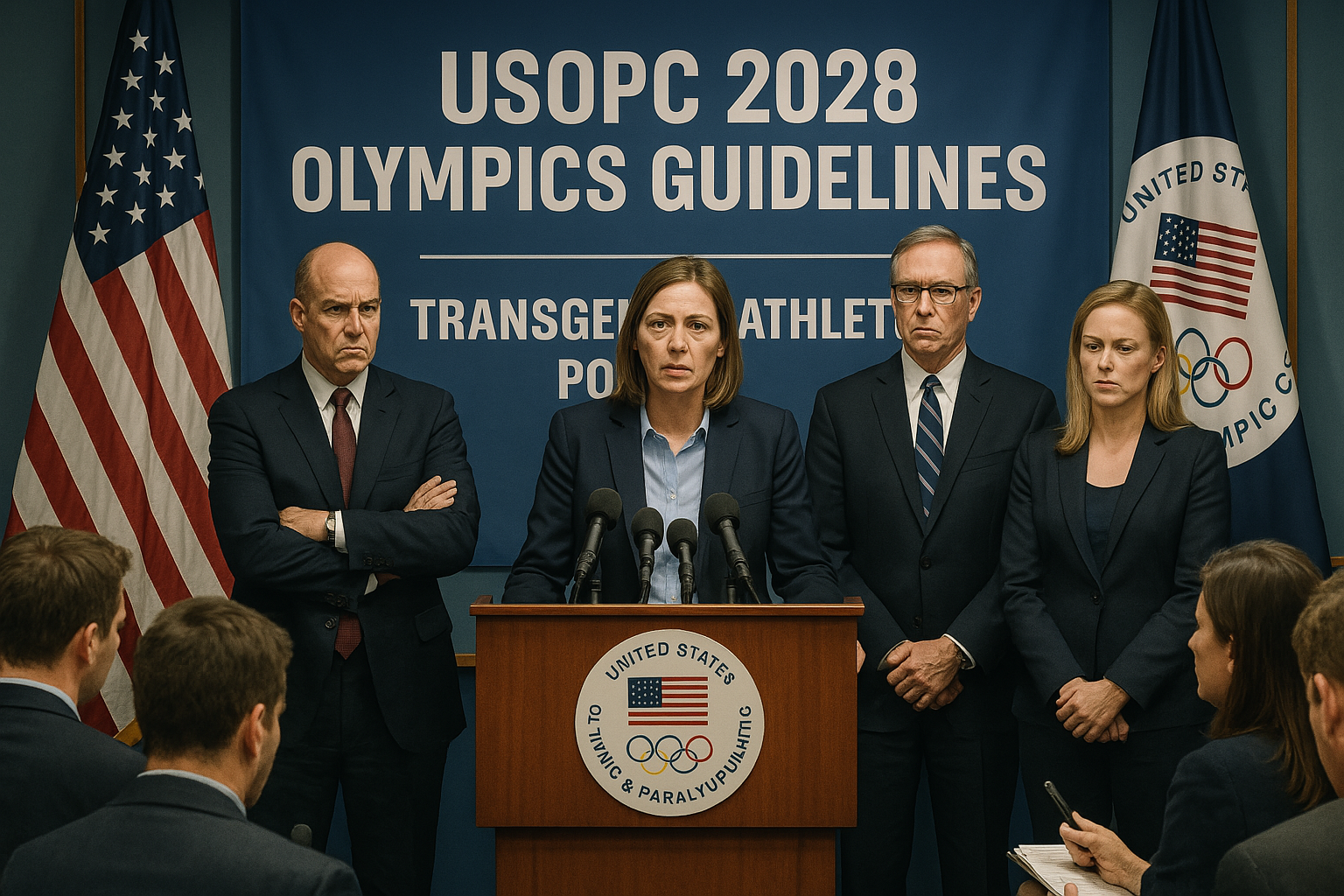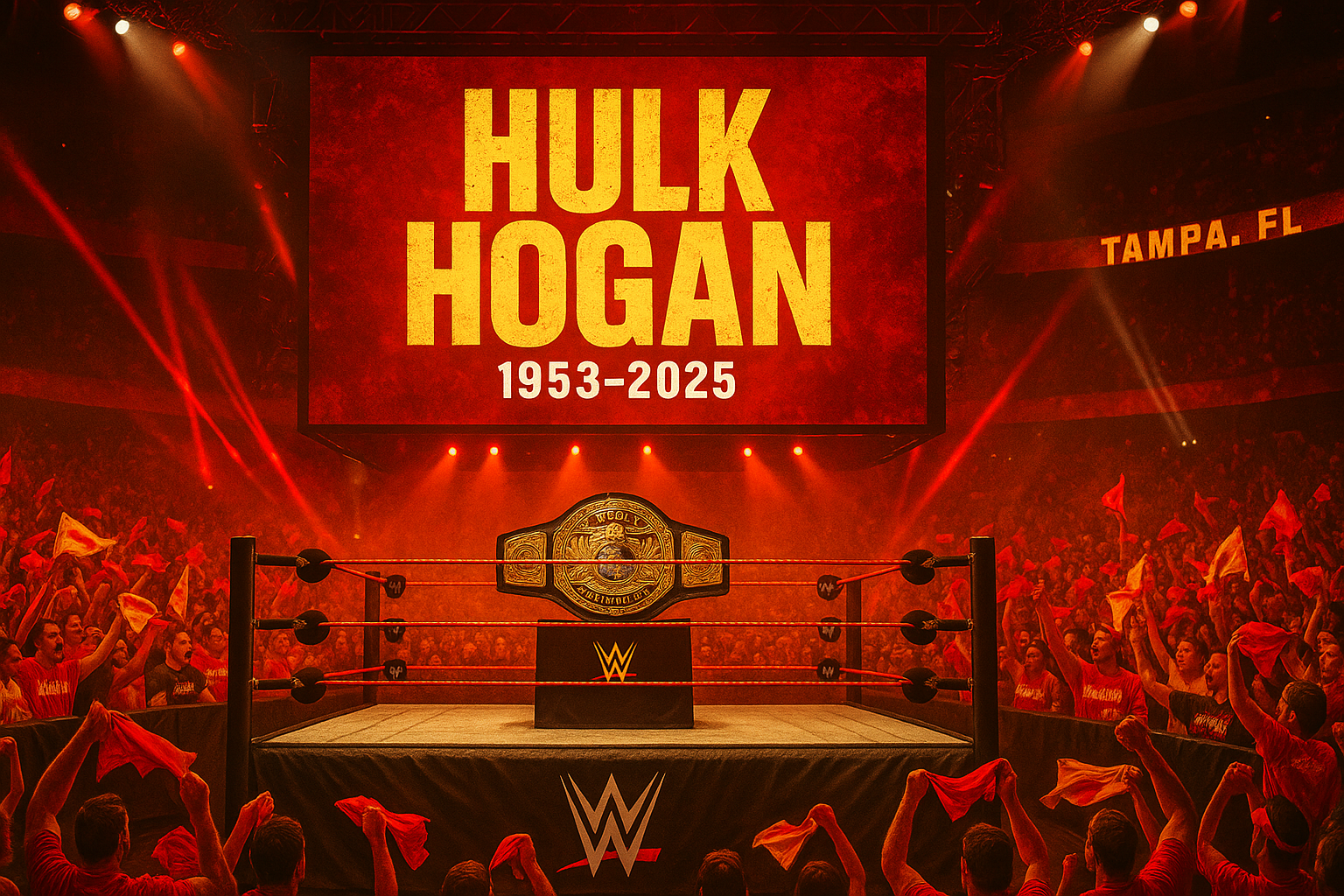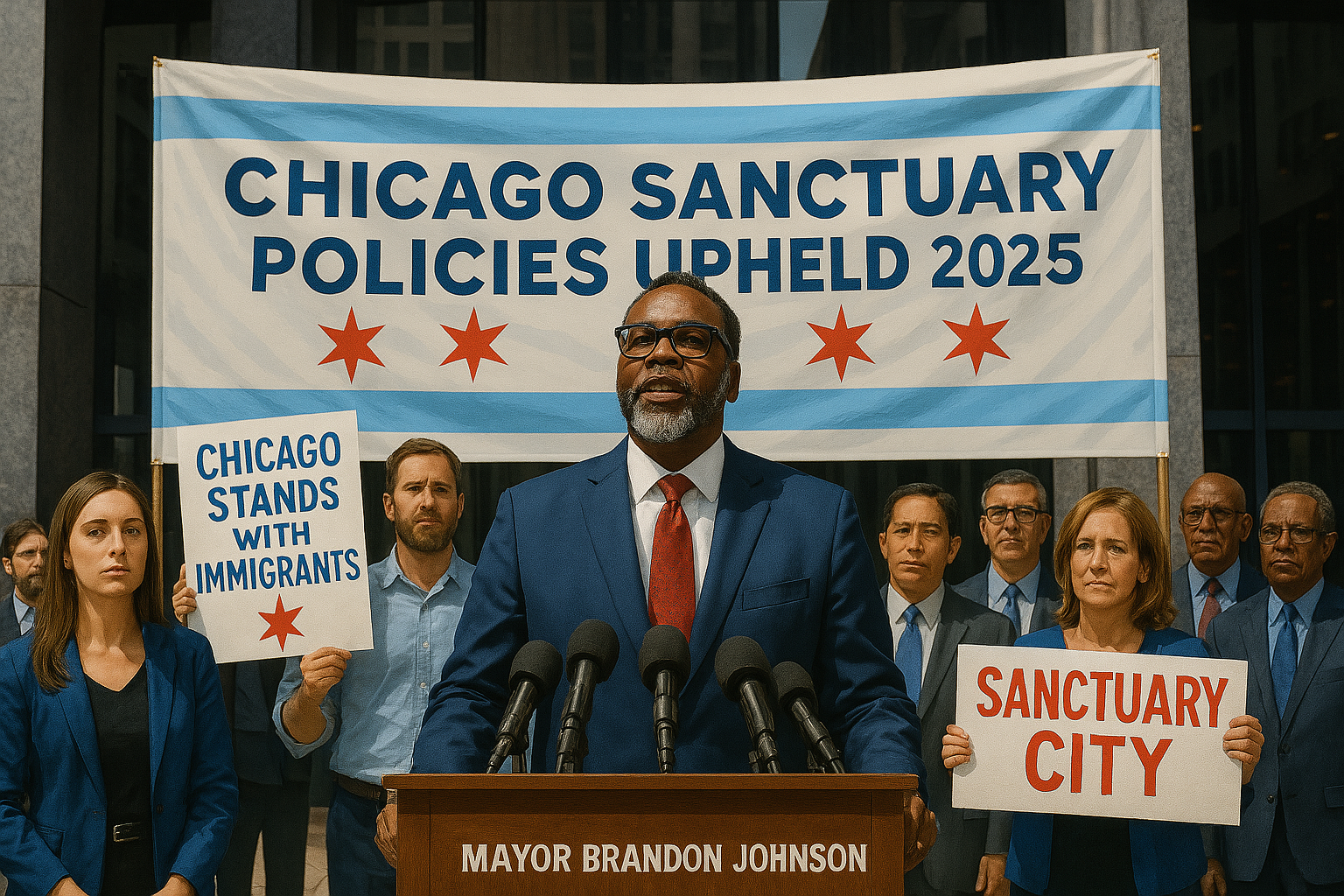Israel-Palestine Conflict Update 2025: Tensions Escalate Amid U.S. Policy Shifts
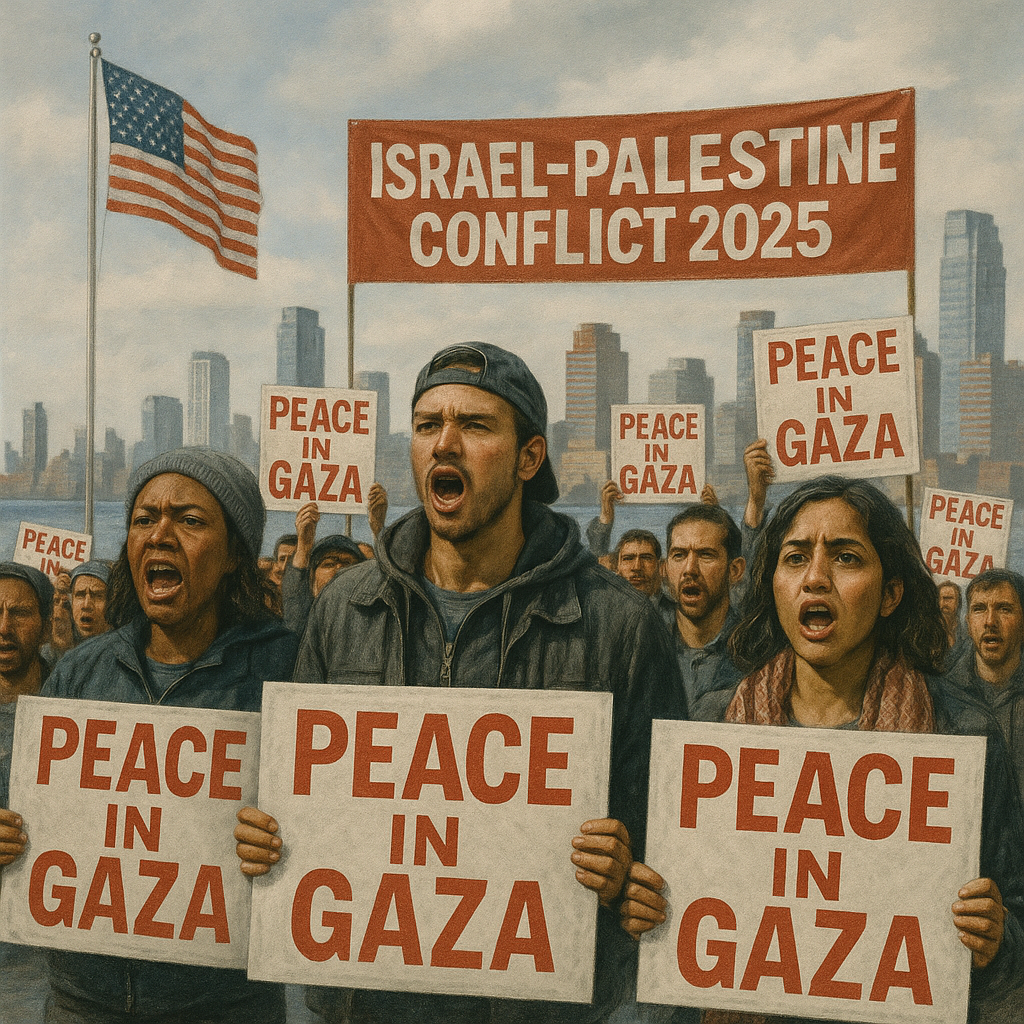
The Israel-Palestine conflict remains a flashpoint in July 2025, with escalating tensions driven by U.S. military actions against Iran and ongoing violence in Gaza and the West Bank. On July 19, 2025, President Trump claimed U.S. strikes “obliterated” Iranian nuclear sites, though NBC reported two sites were only partially damaged, per U.S. assessments. Social media, including X posts, highlights public outrage over Gaza’s plight, with @Big_crusher1000 citing 58,000 deaths and 60% occupation. This article examines the latest developments, their impact on regional stability, and potential paths to de-escalation, drawing on sources like The Guardian and BBC.
Recent Developments in the Conflict
The conflict has intensified due to military actions and shifting U.S. policies.
U.S. Strikes on Iranian Facilities
On July 17, 2025, U.S. forces struck three Iranian nuclear sites, escalating tensions due to Iran’s support for Palestinian groups like Hamas, per NBC News. Trump claimed total destruction, but five U.S. officials told NBC that two sites could resume nuclear enrichment within months. The strikes, backed by Israel, have drawn criticism from Trump’s MAGA base, with Tucker Carlson calling them an “act of war,” per NBC News. X posts, like @Hedgesgurl, reflect bipartisan anger over U.S. involvement, with calls to stop bombing Gaza.
Gaza and West Bank Clashes
Violence in Gaza and the West Bank has surged. A July 20 BBC report noted hundreds of deaths in clashes between Bedouin and Druze fighters in Suweida, Syria, linked to regional spillover from the Israel-Palestine conflict. In Gaza, Israeli airstrikes have intensified, with @Big_crusher1000 claiming 58,000 deaths, though unverified, reflecting high civilian tolls discussed on X. The UN reported 1.9 million displaced in Gaza by July 2025, with 80% of infrastructure damaged. In the West Bank, settler violence has increased, with 15% more incidents than in 2024, per a UN report.
U.S. Policy Under Trump
Trump’s second term has shifted U.S. policy toward stronger support for Israel. On July 20, Trump announced Patriot missile transfers to Ukraine via NATO but rejected long-range missile support, signalling a focus on Israel’s security, per NBC News. Rep. Michael Waltz proposed defunding UNRWA, alleging Hamas ties, a move criticised by Sen. Chris Murphy for undermining humanitarian aid, per NBC News. A CNN poll on July 20 showed 60% of Americans believe Trump’s immigration policies overshadow his Middle East strategy, complicating focus on the conflict.
Impact on Regional Stability
The conflict’s escalation threatens broader Middle East stability. Iran’s partial recovery of nuclear sites could prompt further Israeli strikes, risking a wider war, per NBC News. Syria’s Suweida clashes show spillover effects, with 200 deaths reported by BBC. In Gaza, the humanitarian crisis—1.9 million displaced and 80% infrastructure loss—has fueled global protests, with pro-Palestinian disruptions at a U.S. House hearing on July 20, per NBC News.
Economically, oil prices rose 5% in July due to fears of disrupted supply chains, per Reuters. Socially, X posts like @JolahYT highlight U.S. domestic divisions, with the left criticising Rep. Alexandria Ocasio-Cortez for supporting Israel aid votes. Trump’s base is split, with some, like Carlson, opposing intervention, per NBC News. The conflict risks destabilising Jordan and Lebanon, where refugee inflows have strained economies, per a 2025 World Bank report.
Proposed Solutions and International Response
Efforts to de-escalate focus on diplomacy and aid, but face significant hurdles.
Diplomatic Efforts
The UN has called for a ceasefire, with Secretary-General António Guterres proposing a Gaza peace conference in August 2025, per BBC. Norway and Egypt are mediating indirect talks between Israel and Hamas, focusing on prisoner exchanges and humanitarian access, but progress is slow, per a July 18 Reuters report. Trump’s meeting with Netanyahu on July 20, reported by CNN, aimed to align U.S.-Israel strategies but drew criticism for sidelining Palestinian voices. Internal Link: Trump-Epstein Controversy
Humanitarian Aid Initiatives
The UNRWA, despite U.S. defunding threats, is scaling up aid, delivering 10,000 tons of food to Gaza in July, per UN reports. Community-driven efforts, like those in Chicago for urban safety, inspire local aid initiatives in Jordan, per a July 19 IndyStar report. Internal Link: Los Angeles Crowd Crush Tragedy. However, blockades limit aid delivery, with 70% of shipments stalled, per a UN report. NGOs like Doctors Without Borders are expanding medical support, treating 5,000 patients monthly in Gaza.
Challenges to Resolution
Diplomatic efforts face distrust, with Hamas rejecting Israel’s terms for a ceasefire, per Reuters. Trump’s pro-Israel stance alienates Palestinian negotiators, while Iran’s nuclear ambitions complicate regional talks, per NBC News. Humanitarian aid is hampered by funding cuts, with UNRWA’s budget down 20% due to U.S. policy, per NBC News. Public sentiment, reflected on X, shows frustration with perceived U.S. bias, with @HalaJaber calling it an “insult to everyone’s intelligence.” Political divisions in the U.S., with 60% of Americans opposing Trump’s Middle East approach, per CNN, limit cohesive action.
The Path Forward
De-escalating the Israel-Palestine conflict requires balanced diplomacy and robust aid. A multilateral summit, as proposed by the UN, could bridge divides, but needs U.S. neutrality to succeed. Expanding community-led aid models, like those in New Jersey for renewable energy, could support grassroots recovery in Gaza. Internal Link: New Jersey’s Renewable Energy Push. Trump must address domestic divisions to maintain leverage, as the conflict risks overshadowing his agenda. International pressure, amplified by X posts demanding justice, underscores the urgency of a resolution.
